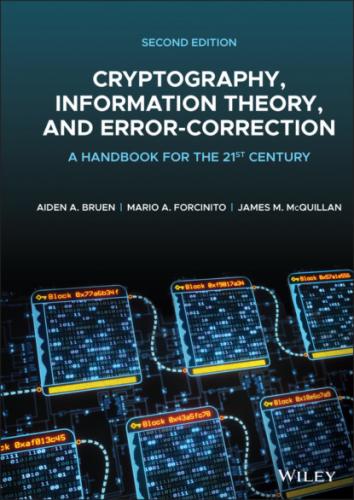Since G is the most frequently occurring letter, we make the assumption that “e” enciphers to G. Thus the first key letter might be “C.” Similarly, for the second set of letters (i.e. the letters), we obtain the following table:
| A | B | C | D | E | F | G | H | I | J | K | L | M |
| 0 | 1 | 0 | 1 | 0 | 5 | 2 | 4 | 2 | 0 | 1 | 0 | 1 |
| N | O | P | Q | R | S | T | U | V | W | X | Y | Z |
| 0 | 1 | 0 | 1 | 0 | 4 | 0 | 1 | 2 | 1 | 0 | 0 | 1 |
Here there are three letters which could likely decipher to “e.” To determine which letter is the right choice, consider each character separately. If “e” enciphers to “F,” we have a key letter of “B.” If “e” enciphers to “H,” we have a key letter of “D.” Finally, if “e” enciphers to “S,” we have a key letter of “O.” Now, we must examine each choice case by case. A key letter of “B” means that the most frequently occurring letters besides “e” are “g” and “r.” Similarly, a key letter of “D” means that the most frequently occurring letters in the plain text (in positions ) besides “e” are “c” and “p.” Finally, a key letter of “O” means that the most frequently occurring letters besides “e” are “t” and “r.”. From the results shown in Table 2.1, it seems that “O” is then the more likely key‐letter. Therefore, we conclude that the second key letter is “O.”
For the letters, we obtain the following frequency table:
| A | B | C | D | E | F | G | H | I | J | K | L | M |
| 1 | 1 | 0 | 1 | 1 | 2 | 2 | 8 | 0 | 0 | 2 | 2 | 0 |
| N | O | P | Q | R | S | T | U | V | W | X | Y | Z |
| 0 | 0 | 0 | 2 | 0 | 0 | 0 | 1 | 0 | 2 | 2 | 0 | 1 |
For this set of letters, the most frequently occurring letter is H. Therefore, we make the assumption that “e” enciphers to “H.” This corresponds to a key letter of “D.”
Finally, for the letters, we compute the frequencies to be
| A | B | C | D | E | F | G | H | I | J | K | L | M |
| 1 | 0 | 1 | 0 |
|
